Yesterday a much-anticipated tasting of The Wine Society’s Christmas selection was held at London’s 67 Pall Mall. Among many new wines and several vintage updates, there were undoubtedly a few intriguing wines on show, if not a podium of stars, and some disappointments along the way.
Let’s start with the positives. Among the four sparklers (of the 74 wines on show) it was hard to beat the brilliantly priced (£23) Champagne Jean de Foigny Brut Premier Cru NV; beautiful balance with just the right depth of autolytic notes. The Society’s own NV champagne was decent enough, but at £11 more it would be hard to justify the price upgrade.
It was in south Africa where the still wine tasting started, real intrigue here with of all things a new Palomino offering: Wildeberg’s ‘Wonder Horse’ from Piekenierskloof (£13.95), all concentrated lemon and hay with mouth-watering acidity from the 2020 harvest, which would work well as an apero or with light savoury food. Talking of lemons, the Society has cut a deal with premium Soave producer Pieropan, resulting in a new addition to the Exhibition range: The Society’s Exhibition Soave Classico 2020 (£13.50), with a backbone of lively acidity. Classy and good value.
Another welcome addition is The Society’s Exhibition Santorini Assyrtiko 2020, from Santorini producer Artemis Karamolegos (£13.50); vibrant lime and grapefruit with good texture and mouth feel and a mineral backdrop from old vines on this remarkable vinous island. But heading a few hundred miles west from Santorini to Sicily brings us to what I thought was one of the few true stars of the show: a 2018 called Eruzione 1614 from producer Planeta. Some explanation is required here. 1614 refers not to some incredible vine age (!) but the year of volcanic lava flow in the area where the vineyard is located, at around 800 metres. 90% Carricante, 10% Riesling, with breathtaking nervy tension, pleasing texture from lees stirring and focused, concentrated green fruit; one not to miss.
Also not to miss is the 2017 Marlborough Dog Point Sauvignon Blanc, complex yet refined, no two-dimensional Marlborough Sauvignon assault here, but almost refined with its oily quince and tropical fruit palate, delicious and good value at £14.95. Other worthy whites on show included a fine new vintage (2019) Saint-Aubin from Henri Prudhon & Fils (£18), an uncomplicated 2019 dry Tokaji from Pajzos (£8.95), and reliable quality from New Zealand’s Kumeu River 2020 Estate Chardonnay (£20) and elegant Bordeaux Sauvignon from Château Thieuley Blanc (2020, £9.95).
Before discussing the reds, a welcome diversion into orange wine, with two new offerings from Bulgaria and Georgia, respectively. The latter was of particular interest, made from a variety unknown to me (Kisi), with finely focused stone fruit and a gentle backdrop of low tannins and fresh acidity; moreish and good value at £9.95 (Didebuli Kakheti Orange Kisi 2020).
A new addition (100% kékfrankos) kicked off the reds, from the Sebestyén husband and wife team from Hungary’s Szekszárd region, with its violet aromatics and delightfully juicy damson and redcurrants on the palate (Kékfrankos Sebestyén, Szekszárd 2019, £9.95). The same producers also have a powerful yet refined 2016 merlot/cabernet franc blend, another welcome new addition to the Society’s listing (Grádus Cuvée 2016, £20.50). Quality was also on show in a 2019 Chiroubles Beaujolais from Domaine Bernard Métrat (£12.50); from Thymiopoulos’s 2018 Naoussa Xinomavro (£14.50), a step up from the jeunes vignes expression currently listed by the Wine Society; elegant and rather brooding Pinot Noir from Craggy Range’s Te Muna Road Martinborough 2018 £21); while the other New Zealand Pinot Noir, Dog Point’s 2010 (yes, 2010) magnum tasted unbelievably fresh with some tertiary complexity, if just a touch warm at 14% ABV (£78 magnum).
Whistler Wines’ ‘Get in my Belly’ Barossa Valley Grenache won the quirky name award, advertising itself as a ‘crunchy, modern-style Grenache’—which it was; lively acidity here and just 13% ABV, with enticing ripe blueberry and cranberry (2020, £19.50). Of similar mouth-watering freshness and cranberry fruit was a triumphant 2016 Barbera d’Asti Superiore from producer Il Cascinone; with tannins fully absorbed and a succulent palate, it just needed some Italian meats or a wild mushroom or truffle risotto to accompany it.
I considered the best value red on show to be the well-named ‘Le Beau Vin’ from Château Bouissel, a 2016 with good evolution and balance here with Négrette dominating this blend from Fronton in south-west France, plummy and perfectly balanced and a steal at £8.95. It knocked spots off all the Bordeaux offerings, many of whom were past their prime, some of whom were sadly blighted with brett. Further south the 2019 Fitou Origines (Domaine Bertrand-Bergé) offered sprightly brambly fruit from Carignan (60%) well balanced by fleshy red fruit from Grenache (40%), again offering excellent value at £9.50.
As for the Rhône Valley, the main interest here was the quality of the 2019 Peyre Blanche Cairanne from Famille Perrin; rich and opulent red fruit with Syrah contributing some spice; great value at £11.50 in this rising star of the Southern Rhône’s cru appellations. By contrast, Perrin’s 2018 Châteauneuf du Pape Les Sinards (£29) was a disappointment; weighty for sure, but lacking the complexity one should expect from a Châteauneuf; surely one has to wait more than three years, even when it is made from young vines (predominantly Grenache)at Beaucastel. The northern Rhône offerings were good if unremarkable, with the Exhibition Range Hermitage Rouge 2012 from Chave another victim of brett.
For me, Momo’s Vendimia Seleccionada Ribera del Duero 2017 (£13.50) was the best Spanish red in town, delightful ripe plums with good acidity; the 2010 CVNE Imperial Rioja Gran Reserva (£42) notes asked us to be patient; they are right, while it has CVNE’s hallmark quality, the wine does not yet seem on song; will it ever be?
Two excellent sweet wines to mention: Ulysse Sauternes (£18 or £9.95/half bottle), a melange of the 2014, 2015, and 2016 vintages from an anonymous producer, superbly opulent, rich, and whistle clean on the long finish; while a taste of the 2015 Hochheimer Kirchenstuck, Riesling Beerenauslese from Künstler was a peep into Rheingau heaven (£80), wonderful tension between sweet opulent stone fruit and Riesling’s steely acidity. I did not taste the fortified wines, though I imagine there was quality evident from the producers on show here (Alegria, Williams & Humbert; Warre, Symington Family Estates).
Overall the wines (all will be available from November at the latest) were certainly of interest, with some welcome additions to the Society’s Exhibition range. As with any large and diverse list some will stand out (for good reasons) while others will continue their lives as reliable safe bets for Society members. The greatest disappointment for me, however, was undoubtedly red Bordeaux, where a half bottle of 2012 Château Angludet tasted underripe (granted, not a good vintage), with a touch of brett; while the Château Pierbone, Haut-Médoc 2010 (a great vintage) seemed a little tired, fading fruit leaving behind structure but no charm (both £14.95).
So overall: definitely a mixed bag – hunt for your favourites and there will be some new excitement. I hope this summary will serve as a useful guide.
Tags: Christmas Wines Wine Society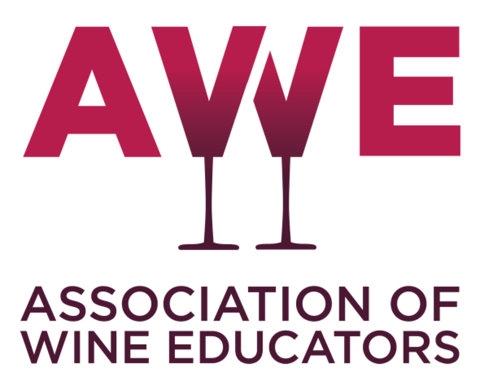
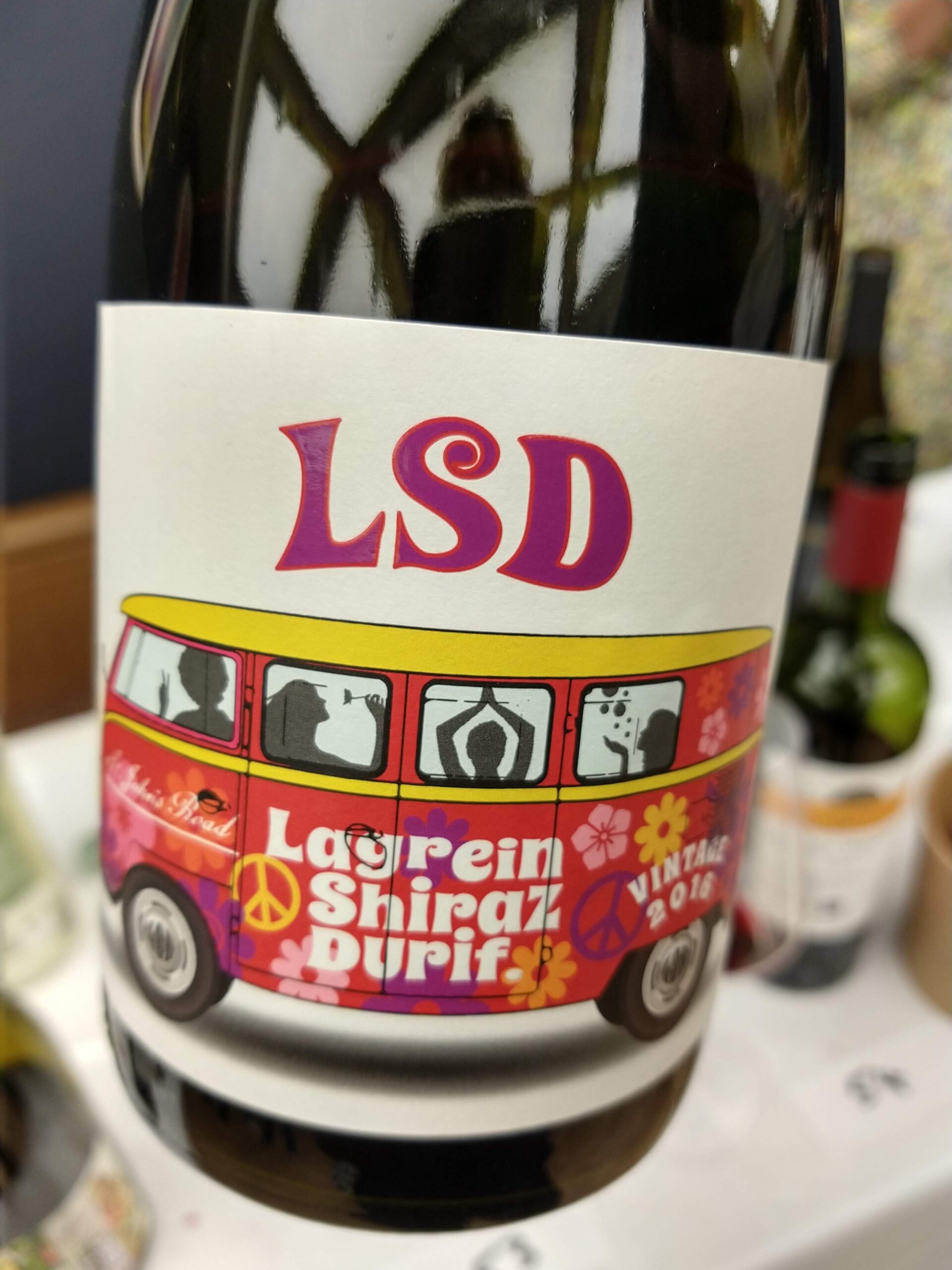



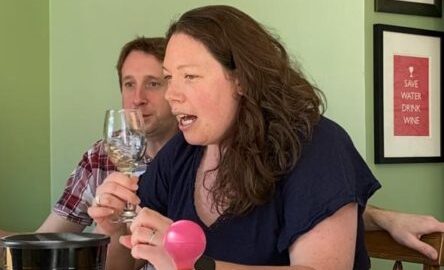
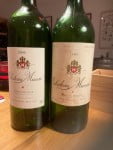
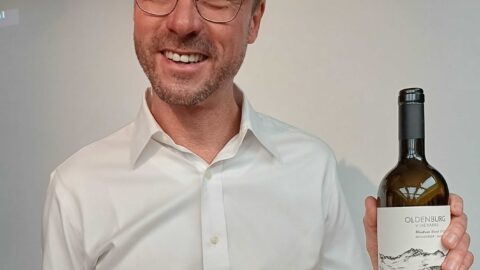
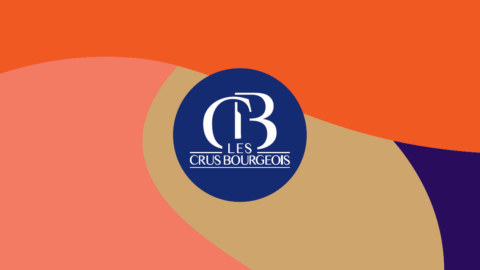
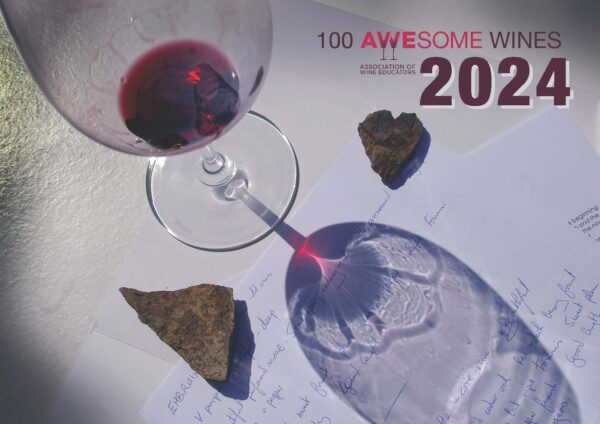

Richard you are making my mouth water, sadly I had to miss this usually brilliant tasting, but you have brought it to life, and have given me lots of ideas for my tutored tasngs, thank you.